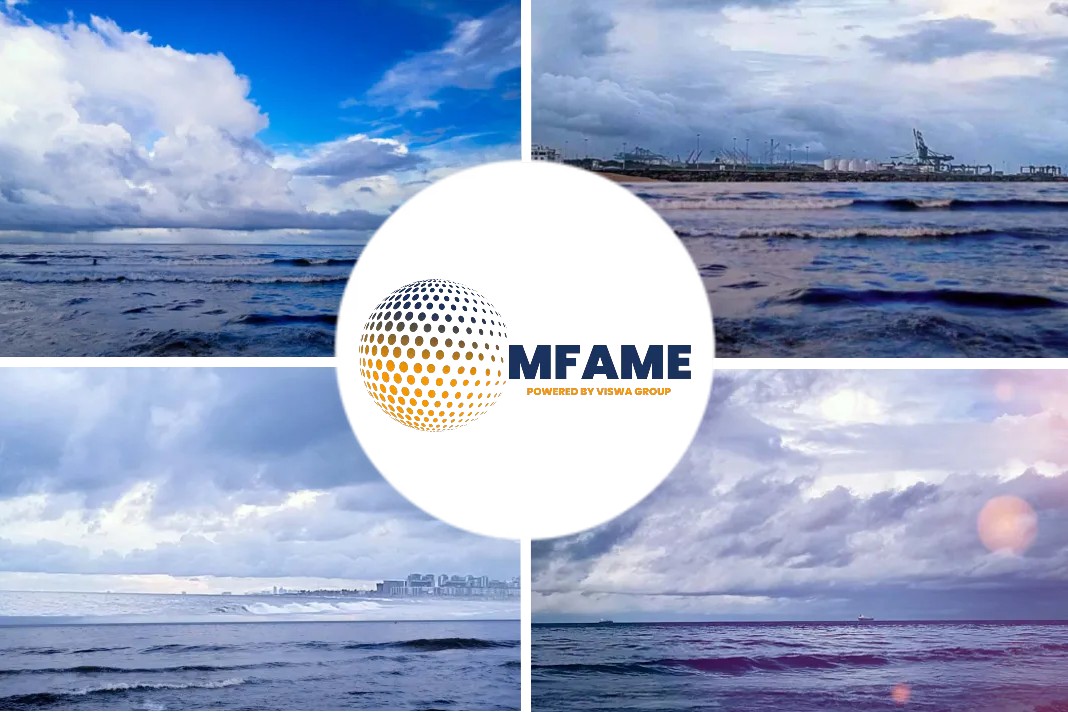- Denmark has approved a request from the developer of the Nord Stream 2 gas pipeline.
- The pipeline is laid from Russia to Germany.
- Nord Stream 2 has requested for permission to lay the line in Danish waters using ships with anchors.
- It has been allowed to use pipelaying vessels with anchors.
- Being anchored would slow significantly the progress of a ship laying the pipeline.
- Nord Stream 2 is left to lay in Danish waters out of the total 2,460 km length.
According to an article published in Platts and authored by Stuart Elliot, Denmark has approved a request from the developer of the Nord Stream 2 gas pipeline from Russia to Germany for permission to lay the line in Danish waters using ships with anchors.
Nord Stream 2 pipelaying permit
In early June, Nord Stream 2 asked — as a precautionary measure — for an amendment to its Danish pipelaying permit to allow the potential use of pipelay ships that use anchors for positioning.
“The Danish Energy Agency has decided that Nord Stream 2 may use pipelaying vessels with anchors in connection with the construction of the Nord Stream 2 pipelines,“ the agency said in a statement.
The Gazprom-owned Nord Stream 2 operating company had hoped to bring Nord Stream 2 online by the end of 2019, but first permitting issues in Denmark and then the US sanctions meant the project has been delayed.
The 55 Bcm/year pipeline is crucial to Russia’s plans to scale down from 2021 the use of the Ukrainian transit corridor in its gas supplies to Europe.
Just 160 km (99 miles) of Nord Stream 2 is left to lay in Danish waters out of the total 2,460 km length.
Dynamic- or self-positioning capabilities
According to the original Danish permit from October last year, pipelaying ships, such as the Pioneering Spirit used by Switzerland-based Allseas to lay much of the pipeline before the US sanctions forced it to halt work, should have dynamic- or self-positioning capabilities.
“The Danish Energy Agency has — at the request of Nord Stream 2 — made a decision to change the condition of using pipelaying vessels with self-positioning,“ it said. “The change means that the company can use pipe-laying vessels with anchors, either independently or in combination with self-positioning pipelaying vessels.“
Seabed risk
In the decision, the Danish Energy Agency emphasized that the remaining part of the pipeline to be constructed in Denmark is outside the area where bottom trawling, anchoring, and seabed intervention are discouraged due to the risk posed by dumped chemical warfare agents.
Nord Stream 2 has said the technique of using anchored ships was used successfully during the installation of the already operational Nord Stream pipelines in Danish waters, and for the Nord Stream 2 pipelines already installed in German waters.
However, being anchored would slow significantly the progress of a ship laying the pipeline, while ships with dynamic positioning are able to lay pipe at a much faster rate.
Expanded sanctions
The Danish approval comes as the US is also pressing to introduce expanded sanctions against the project that would target more companies involved in building the line’s final segment, including service providers and insurers.
Last week, German Chancellor Angela Merkel said it was “right“ to complete the pipeline, saying the US sanctions “did not correspond“ to Germany’s interpretation of international law.
“We believe that the type of extraterritorial sanctions imposed by the US is not in line with our understanding of the law,“ Merkel said.
“We have to concede, however, that this will make the construction process more difficult,“ she said. “Nevertheless, we believe that it is right to complete this project, and we are acting in this spirit.“
Did you subscribe to our daily newsletter?
It’s Free! Click here to Subscribe!
Source: Platts
















